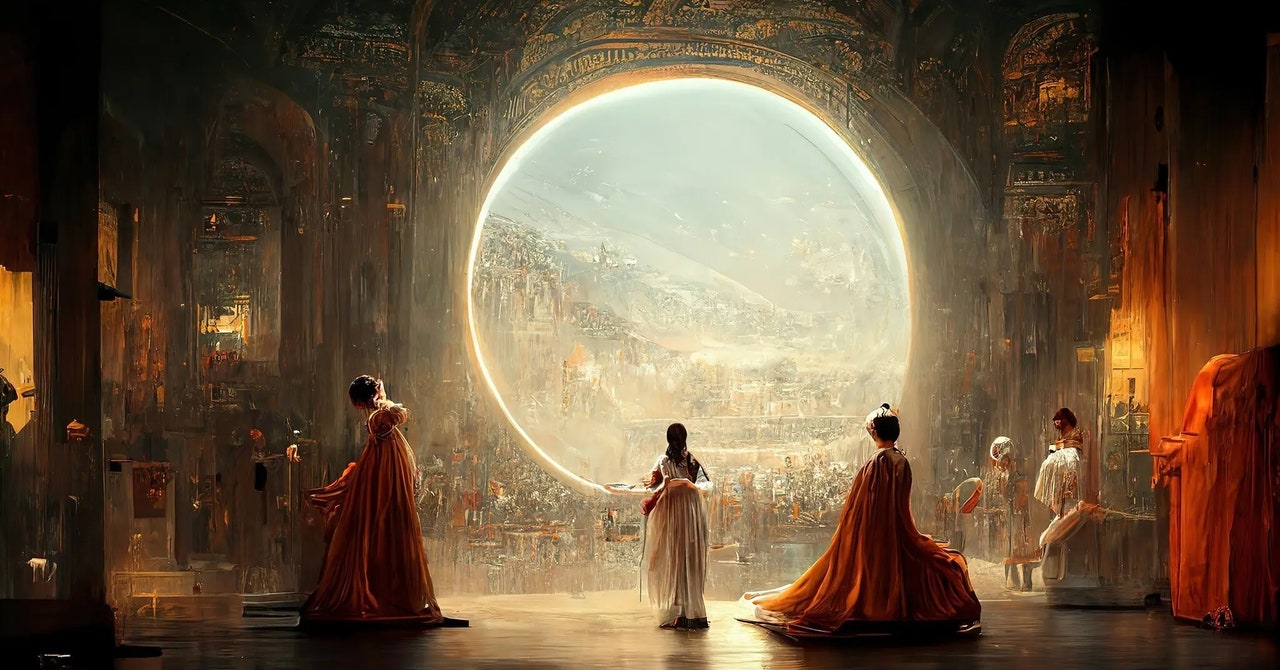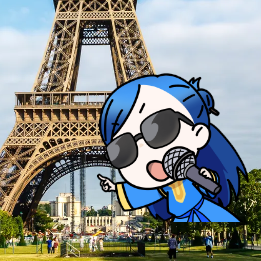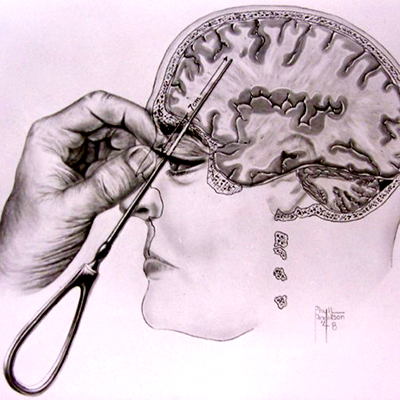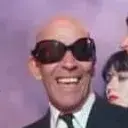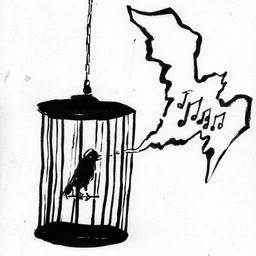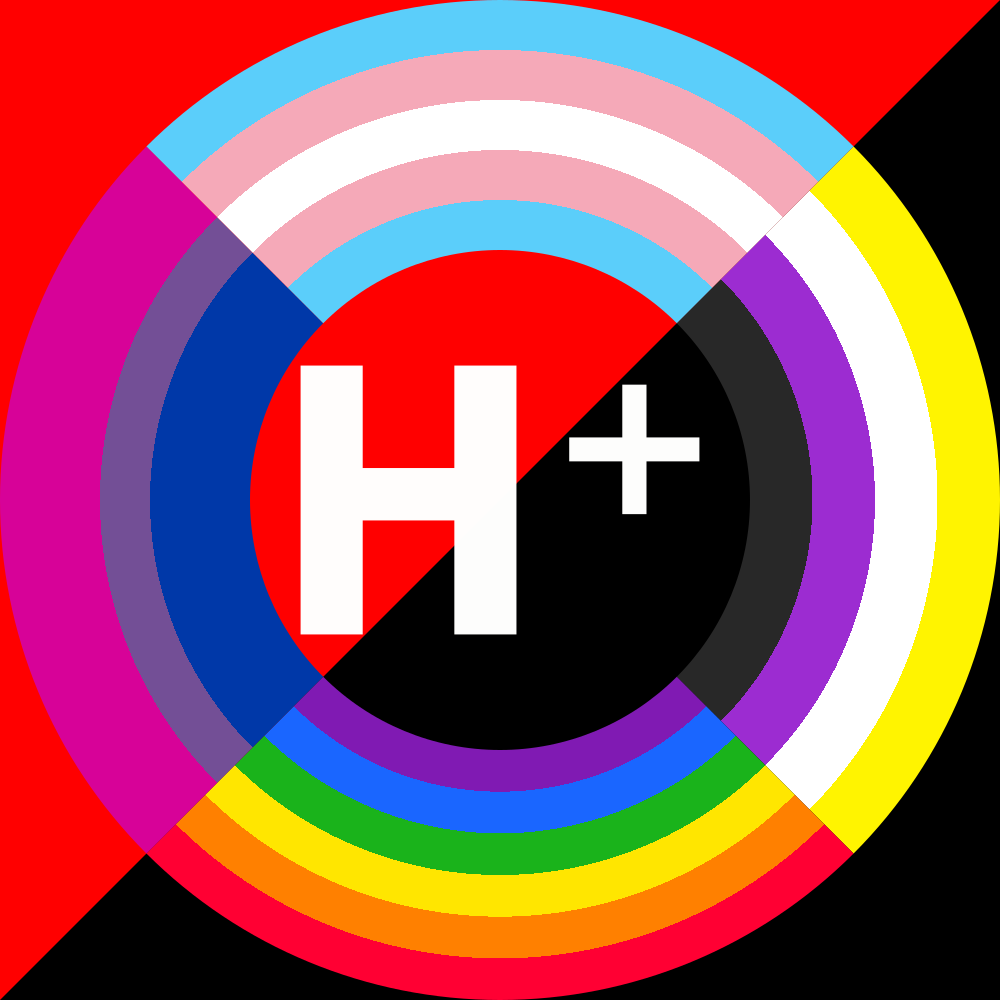Why This Award-Winning Piece of AI Art Can’t Be Copyrighted::Matthew Allen’s AI art won first prize at the Colorado State Fair. But the US government has ruled it can’t be copyrighted because it’s too much “machine” and not enough “human.”
Yes, US copyright law requires human involvement to grant authorship. AI generated works are not eligible for copyright and it’s unlikely to change unless copyright legislation goes through to yet further restrict copyright.
The solution would be to cancel copyright and make everything free for everyone
It’s almost impossible to have a living wage as an artist even know. Than it would definitely be impossible.
This is a very delicate and complicated matter, part of me thinks that making AI works non copyrightable would incentivize human art
Given the presence of stolen artwork in the training data I don’t see why it should be copyright able.
Also award winning? It honestly looks like the kind of liminal mindfuckery most models could output. There’s nothing particularly impressive with the piece.
Eh. I’ve seen abstract art that people are in awe with throughout my life. And like the uneducated swine I am, I’ve never thought they were impressive either.
Art appraisers are weird.
Edit: I saw the piece in question. This one is a tricky one, because if a human painted it, it would be impressive. Very nice details. But since it was generated by a machine in minutes… eh.
Read the article. He added details and the description fed into the prompt was 624 words long. He basically wrote a page describing the scene he wanted created.
Is it your art and are you the artist when you describe a painter or illustrator what they should draw? I can tell you, many clients use more than 624 words.
But according to the article, it wasn’t generated in minutes. The artist went through over 600 iterations of tweaking the prompt to get what he wanted. Sounds like days or even weeks of work probably. And then made additional tweaks via Photoshop.
Not too say that makes it any more impressive, but it wasn’t something that was without effort.
Point taken. In that case, I guess one can recognize the effort. Still, the impressive part of the piece is the style, which, if one were to assume was made with actual oil paint, it would be impressive.
With AI, I would explore styles that are inherently difficult to produce digitally. And yes, “oil paint” would be difficult to produce with digital tools alone outside of AI (maybe there are good plug-ins for it?) But you know what I mean. I don’t even know which styles those would be.
You can make digital illustrations with a graphic tablet and the right digital brushes that look remarkably similar to oil paint. Because with a graphic tablet and pen you can utilise tilting, pressure, speed, etc. The colours will often simulate how actual oil paints work (well, at least they try). It’s kinda like a very easy casual mode of actual oil painting.
Are you the artist when you comission an artist to draw something the way you want?
When I commission an artist, I’m probably not looking over their shoulder the entire time telling them exactly what to do. But that does bring up an interesting point. Assume I have no use of my limbs and an artist agrees to help me make a painting. I tell them exactly what to do, which colors to use, where to make paint strokes, etc. I am guiding the image, but they are actually painting it, and their own skill and technique and style will obviously play into the final image. I don’t know who would have more of a claim to the image in that case.
You don’t tell the AI where to make each stroke, exactly what colours to pick and mix, every detail of the composition. The AI preselects everything for you by considering what the majority of people like in pictures.
No one would say the person “guiding the image” is the one who created the image. This is why ideas aren’t copyrightable. Everyone has a ton of ideas. It’s the execution that matters, which takes skill, patience and dedication.
Most clients have a very defined idea what they want to have drawn or designed. Especially in a higher price segment. This often takes weeks or months and multiple lengthy discussions between the artist and the client. Never have I seen a client later say “Well that took a lot of talking from my side. I guess it’s basically me who created this picture!”
I think a lot of people underestimate how much work it takes and since you don’t really see anyone creating the image, you get the impression you somehow magiced it into existence by yourself.
The artwork, Théâtre D’opéra Spatial, was created by Matthew Allen and came first in last year’s Colorado State Fair.
No. No he didn’t create it. He put words into a black box.
“He didn’t create it. He moved a mouse.”
“He didn’t create it. He put commands into a keyboard.”
“He didn’t create it. He pressed the camera trigger.”
“He didn’t create it. He threw store-bought paint at a canvas.”
“He didn’t create it. He cleaned some dirt off the wall.”
“He didn’t create it. He was inspired by gods.”
Where you see a categorical difference, I see a qualitative one. AI-generated art can be nothing more than putting words into a blackbox, but it can also be a day-long process of tweaking dozens of parameters to get what you want from the words you put into the box. A child can slather paint onto a canvas without much thought - but that doesn’t mean great artists drawing complex, intricate paintings isn’t art, does it?
Generative AI is a tool. It can do more than most tools, but still, it is something wielded by an artist.
As I’d just written in another reply here, there is a world of difference in describing an illustration and creating an illustration.
Even if I were to grant you that generative AI is just “describing an illustration”: other people say there is a world of difference between painting something with your hands and using a mouse, yet I think digital illustration is as real as physical illustration. Yet other people say there is a world of difference between creating something from the ground up and using store-bought materials and tools, yet I don’t discount artists who do just that.
But I don’t grant you that, because if I simply describe an illustration, the generative AI will not give me anything close to what I want. I have to learn the prompting language of the model (what words and phrases result in what?), I have to learn the influence the many different parameters have on the output, and I have to learn how to use things like prompt weighting, negative prompts and the like to get what I want. It’s something completely different from describing an illustration.
And that’s ignoring things like variant generation, inpainting, outpainting and the many different things that are completely removed from just “describing an illustration”.
Learn how to make a digital illustration, learn to make an oil painting and learn to make an AI image. Then we can talk.
I can do all three (worked on comission basis as a digital illustrator and did make Sci-Fi illustrations with acrylics and ink in the past). Generating AI images is not even in the same universe as the ballpark where digital illustration and traditional painting are playing.
It’s like saying watching someone’s Let’s Play of playing GTA is “kinda similar” to driving a Formel1 sports car yourself. Because you still have to turn on your computer and find a good streamer.
Learn how to make a digital illustration, learn to make an oil painting and learn to make an AI image. Then we can talk.
Done. What do you want to talk about?
Generating AI images is not even in the same universe as the ballpark where digital illustration and traditional painting are playing.
And what ballparks are there? How many ballparks exist in the realm of illustration, and where are the borders?
I just spent literally 31 seconds making this image:
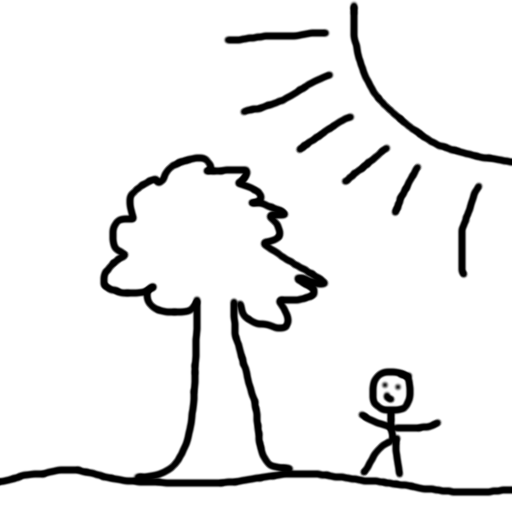
According to what you write, this has a much higher artistic value than the header image of the linked article. Now please, explain to me: what value does this view bring to any discussion?
It brings value to the discussion if the discussion revolves around whether artists should be paid and how much. Whether AI images should be committed to art contests. Whether someone using AI to create an image should have copyright on that image. How much value we put on the time and effort it takes to learn artistic skills. Whether we want people to continue to take on that endeavour. Etc.
Actually I think discussing the differences and similarities between AI image generation and other forms of creating art is quite central to the issue.
He did some touch up in photoshop before submitting it.
Touching up your photograph or painting does not make it mine.
Cool so ai art created from copyright input has no copyright cuz the input isn’t considered part of the copyright.
It goes from the same idea that if you saw someone else’s art and made your own art, the copyright of the new art would be yours, and not the one who inspired you.
We’ve seen edge cases in the music industry (Ray Parker Jr.‘s Ghostbusters vs. Huey Lewis and the News’
Hip To Be SquareI Want a New Drug ) though in most cases in music, artists routinely borrow each other’s elements.The problem is that AI generative art still requires effort from the programmer (the one who prompted the AI) and went through process of telling it what to do, curating the output, running it back through the AI again to add new elements. If that process is sufficiently long, then it warrants copyright. If that process is insufficiently long, then it challenges the copyrightable merits of artists who make quick art.
In my opinion (removed from the whole AI controversy) is that intellectual property law has been long abused, not by artists and creators but by publishers and studio owners who have used their landlord-esque positions to take control of most art, and then extend their IP rights while denying the public a robust public domain.
And they are the ones that are going to ultimately be hurt by the death of IP laws. Artists will still do art, but for the sake of expression, and then it’s a matter of the rest of society making sure they’re not exhausted by their day-job (which, according to the strikers in Hollywood, they totally are).
I will shamelessly recycle my comment up the thread:
The modern western conception of art (around which the current legal and economic systems were constructed) is really opposite to the idea that the current AI tools (OR the programmer that used them) should deserve any copyright.
Why ? The concept of art (the modern western one) is that an Art piece is composed of :
- 1 An Idea
- 2 A form that is given to that idea by a human artist.
The idea can be given by others, to be constructed by an artist. That is usually a Patron (from where Patreon invented its name) , in spanish Mecenas, that pays the work and directs what idea and even general form it will take (the social practice is called Mecenazgo in spanish, since english has no equivalent word, i will use that ). Example: The Sistine Chapel, which was conceptualized (and paid) by the Catholic Church, including themes and general style, and was given to italian artists like Michelangelo to give the final form, which they drew themselves, with the approval of the church authorities at the end.
The current Ai tools work exacly like the Mecenazgo:
- the human person (programmer or not) gives an input (textual, or other), the AI goes brrrrrr, and gives back an image. the person can take ir, or re-iterate the cycle with further inputs until satisfaction.
- This is really analogous with how art production ocurred in the Mecenazgo: The human input is the step 1 (an idea), the AI does the step 2 (give form to the idea). The further inputs by humans is analogous to the rough drafts the artist had to give the Mecenas first, the Mecenas described in more details and specifications what themes and forms he wanted, and that repeated until the Mecenas was satisfied with the final form the artist gave back.
The current copyright legal and economic system gives the intellectual property to the ARTIST, that made the step 2, and NOT to the Mecenas of the step 1. Because the Mecenas only had ideas, and the one who made what is considered artistic work, that deserves the legal privilege of IP, is the artist. If all someone did was tell the AI what to draw (i.e. gave an idea, general theme and general form), then the person is only acting as the Mecenas. The MACHINE is doing the artistic work, and since the machine is not a human that deserves the legal privilege, ir should be considered non copyrighted or public domain, just like the picture some monkey took of itself some years ago.
This was not always nor everywhere the social interpretation of WHO is the agent that actually made the art. Before the Renaissance, the western societies considered the Mecenas of step 1 the TRUE ARTIST, because he-she had the idea, and the person that gave form to the idea was considered a low level construction worker like stonemasons, that did not even have its name recorded. If you are wiilling to go back there, we would have to fundamentally change our interpretation of art , artists and rewrite the Sistine Chapel as created by the Catholic Church , and michelangelo is irrelevant.
The real solution is to abolish copyright
Absolutely based af :)
How do artists pay for their food and rent then?


